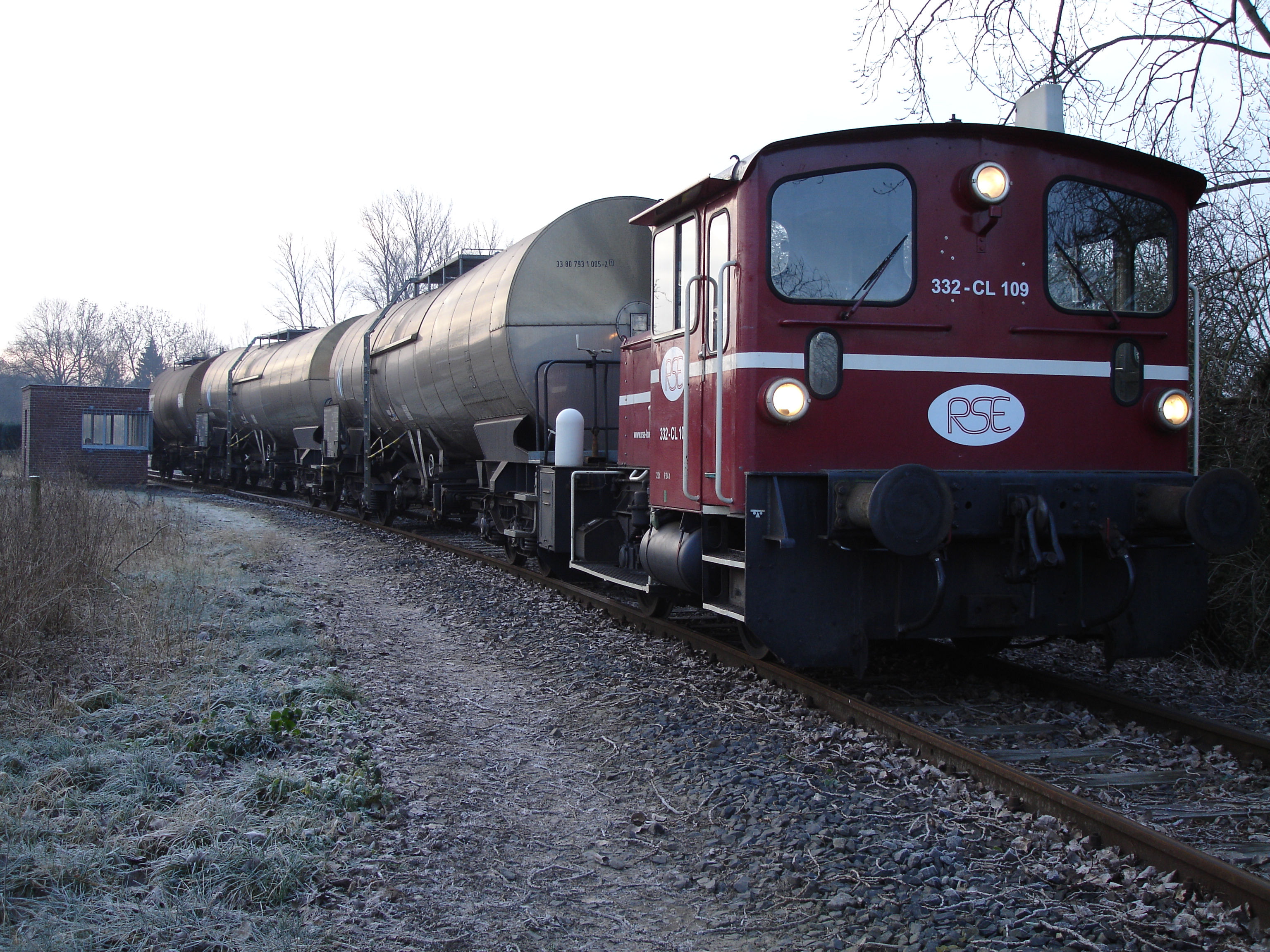|
Köf (other)
Köf may refer to one of a series of small German locomotives or ''Kleinlokomotiven'' including: *DRG Kleinlokomotive Class I - strictly speaking these were ''Kö'', not ''Köf'' locomotives as they did not have hydraulic transmission. *DRG Kleinlokomotive Class II (although, not all of this class were ''Köf'' locomotives) *DB Class Köf III * Other small locomotive classes including some of the ''Heeresfeldbahnlokomotiven'' * Kof, the Hebrew word for monkey {{disamb ... [...More Info...] [...Related Items...] OR: [Wikipedia] [Google] [Baidu] |
Kleinlokomotive
{{Short description, German locomotive A ''Kleinlokomotive'' or ''Kleinlok'' (literally: "small locomotive"; plural: ''Kleinlokomotiven'' or ''Kleinloks'') is a German locomotive of small size and low power for light shunting (rail), shunting duties at railway stations and on industrial railways. Most are powered by diesel engine, diesel engines, but ''Kleinloks'' with steam locomotive, steam, petrol, or Electric locomotive, electric engines were also produced. After testing several trials locomotives, the Deutsche Reichsbahn (DRG) placed various types of such locomotives into service from 1930 onwards. Industrial lines and railway workshops generally procured engines of the same design. In Switzerland ''Kleinlokomotiven'' were used as light rail motor tractors. History In order to speed up goods traffic and meet the challenges posed by emerging competition from road traffic, various national railways in Europe carried out trials with small diesel-powered shunters starting in ... [...More Info...] [...Related Items...] OR: [Wikipedia] [Google] [Baidu] |
DRG Kleinlokomotive Class I
The ''Kleinlokomotiven'' (literally: small locomotives) of Class I were light German locomotives of low weight and power (up to 40 PS) designed for shunting duties. They were placed in service by the Deutsche Reichsbahn (DRG) after trials had been carried out on several prototype locomotives in 1930. The power source for these locomotives was either a diesel or petrol engine. History After the Deutsche Reichsbahn had initially obtained several trials locomotives in 1930, it took delivery of production '' Kleinloks'' in 1931 and split them into two classes or 'power groups'. Locomotives in power group I, with an engine power of up to 40 PS (29 kW), were intended for shunting at small stations and in simple situations. As a result of the new numbering scheme two of the trials engines from 1930 were also included in Class I. These were locomotives V 6016 and V 6017 (from 1931 Kö 0001 and Kö 0002) delivered by the Fürst-Stolberg-Hütte works at Ilsenburg. They did not acqui ... [...More Info...] [...Related Items...] OR: [Wikipedia] [Google] [Baidu] |
DRG Kleinlokomotive Class II
German ''Kleinlokomotiven'' (literally: small locomotives) like the DRG Kö II (later: Köf II) were developed as locomotives with a low weight and driving power for light shunting duties. There were two classes, based on engine power. The Class II were engines which developed more than 40 (later 50) HP. After tests with several trial locomotives, they were placed in service from 1932 onwards by the Deutsche Reichsbahn (DRG) and used on small stations for light shunting and marshalling work. They were intended to make the handling of goods traffic more economical. To do that, an appropriately trained controller had to be able to handle shunting duties using the locomotive. Accordingly, the locomotive was designed to be robust and easy to operate. Technology Light locomotives mainly used diesel motors (originally classified as ''Kö/Köf/Köe'' by the DRG), as their source of energy, but there were also versions with Benzol motors, designated as ''Kb/Kbf/Kbe'', and with electr ... [...More Info...] [...Related Items...] OR: [Wikipedia] [Google] [Baidu] |
DB Class Köf III
The DB railways Köf III class (after 1968 named classes 331, 332, 333 and 335) are light two axle shunting locomotives of Deutsche Bahn AG. History The German national railways had already procured small locomotives of classes Kö I (up to ) and Köf II (up to for light shunting duties at small and medium-sized railway station. These locomotives were attached to their particular station and their use resulted in shortened travel times of mixed trains since the train locomotives did not need to complete all of the shunting work before the train could proceed to the next destination. After the Second World War the small locomotives of the Köf II class were in much demand and overused, but the use of a more powerful shunting locomotive such as the Class V 60 was precluded, primarily for cost reasons: Small locomotives of the Köf type were cheaper to operate since the driver did not need to be a fully qualified locomotive driver. In the 1950s, in order to close the gap betw ... [...More Info...] [...Related Items...] OR: [Wikipedia] [Google] [Baidu] |
Heeresfeldbahnlokomotive
{{unreferenced, date=December 2014 A Heeresfeldbahnlokomotive is the German term for a special wartime locomotive (''Kriegslokomotive'') for employment on military field railways ('' Heeresfeldbahnen''), railways usually designed to transport military supplies to the front line. Classes Germany Steam locomotives World War I * Zwilling * Brigadelokomotive Steam locomotives World War II (KDL = ''Kriegsdampflokomotive'') * HF 70 C (KDL 12) * HF 110 C * HF 160 D (KDL 11) * HF 210 E Diesel locomotives World War II (KML = ''Kriegsmotorlokomotive'') * HF 200 D * HF 130 C (KML 3) * HF 50 B (KML 4) * HF 40 B (Industrie class Deutz OMZ 122 F for bridging the gap whilst the HF 50 B was being designed) Preserved German ''Heeresfeldbahnlokomotiven'' preserved in Germany after the Second World War: in Germany Steam locomotives * HF 70 C (KDL 12) * HF 110 C ( JLKB Nos. 1, 4 and 5): Nicki + Frank S. (Slg. Seidensticker) * HF 160 D ( KDL 11) * HF 210 E: Aquarius C (Slg. ... [...More Info...] [...Related Items...] OR: [Wikipedia] [Google] [Baidu] |
